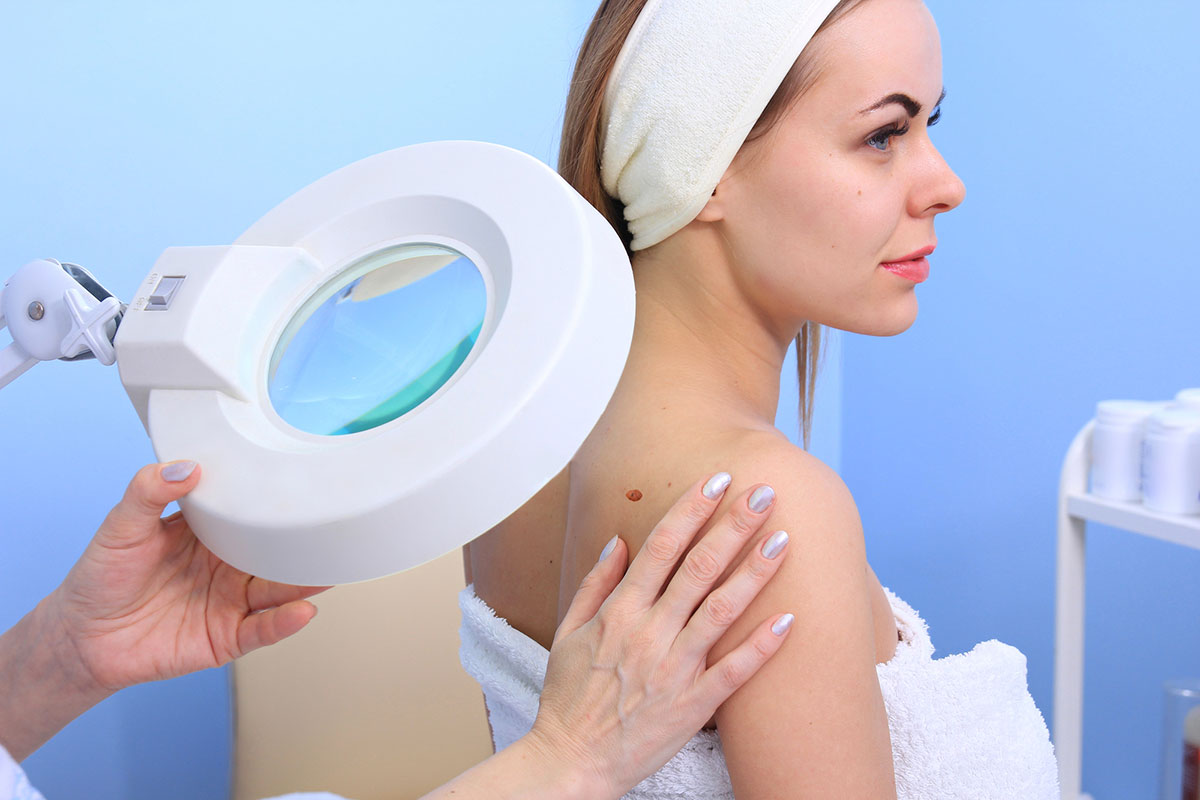
Should You Be Concerned About a New Mole on Your Body?
By the time you enter your late 20s, it’s quite common to have a few—or even several—moles on your body. In many cases, these colored skin growths are just a part of natural life and not a sign of concern. However, if your existing moles start to change or you start to develop new growths, it’s best to talk to a dermatologist. While these changes are often not serious, they can sometimes indicate the start of skin cancer. To help protect your skin—and seek early treatment if necessary—here are a few important points you should know about new mole growth.
What Causes New Mole Growth?
Moles occur when new skin cells clump together to form a mass, rather than spreading out evenly. Over time, exposure to the sun may cause these growths to become darker in color. 
When Should I Be Concerned?
Atypical moles are those linked to melanoma—the most dangerous form of skin cancer. These growths are identified by their non-symmetrical shaping and unusual discoloration. They are also often bigger than a common mole—which is usually no larger than a pencil eraser. In some cases, atypical moles may bleed, itch, or be tender to the touch. If you spot an atypical mole, it’s important to visit a dermatologist for an in-depth assessment. Some atypical growths may not be cancerous but could still pose a risk of becoming malignant in the future.
How Can a Dermatologist Help?
To determine if a mole is cancerous, a dermatologist will take a biopsy by removing a segment of the growth. If it is revealed to contain cancer cells, your provider will need to surgically remove the rest of the growth to prevent it from spreading. While this diagnosis can be alarming, treatment is usually swift and effective in stopping the spread of melanoma.
How Should You Monitor Your Melanoma Risk?
Even if you you’ve had minimal experience with moles, it’s critical to check your entire body for new growths once every few months. For greater peace of mind, you should also visit a dermatologist once every year for a professional total body skin check. In addition to monitoring yourself for signs of melanoma, you can lower your risk of skin cancer by taking certain preventive actions whenever you’re out in the sun. Specifically, you should make sure to wear broad-spectrum sunscreen that will block cancer-causing UV rays.
If you’re concerned about a new mole, don’t wait to seek professional care. Visit the specialists at Asheboro Dermatology & Skin Surgery Center. Staffed by qualified dermatologists, this clinic can evaluate new growths to determine if they are cancerous moles. If necessary, this team is also equipped to provide comfortable and stress-free mole removals for melanoma treatment. To learn more about these capabilities, visit this Randolph County clinic online. If you’d like to schedule an appointment, call (336) 625-8410 to reach the Asheboro, NC, office or (910) 673-8410 for the West End location.
